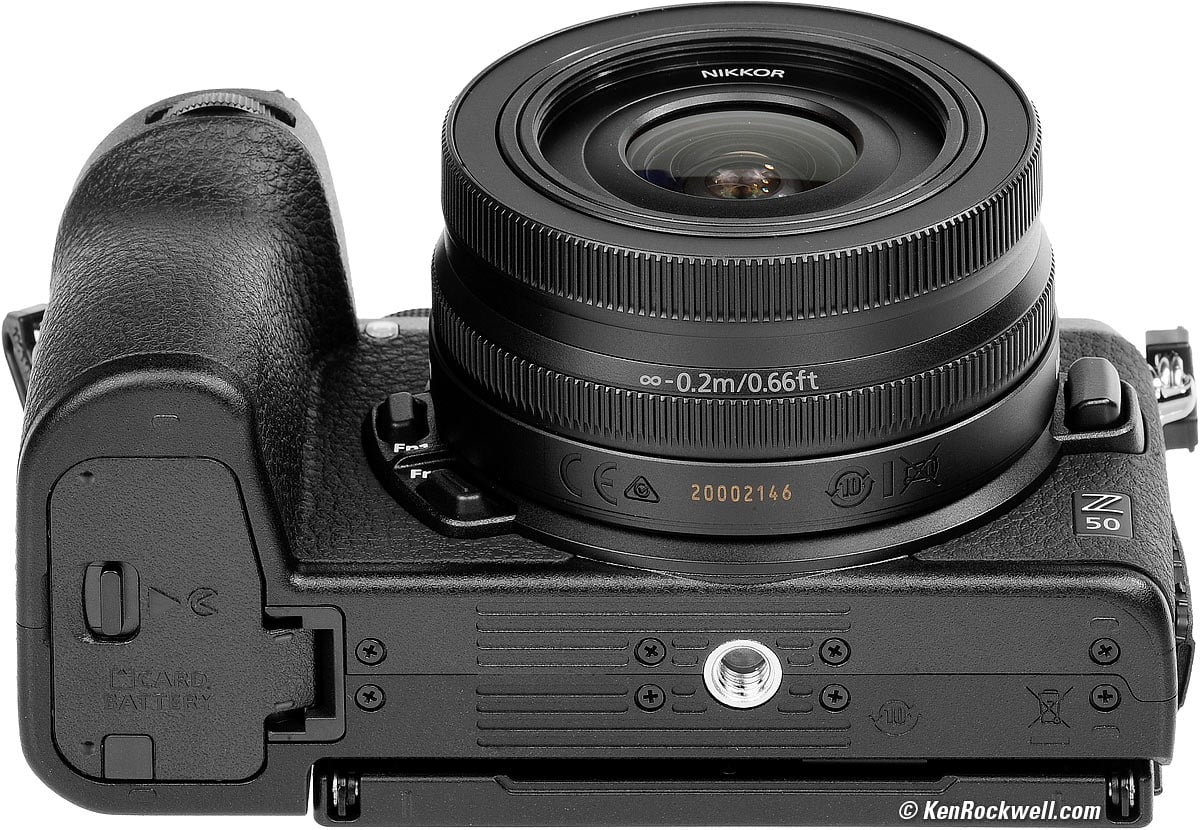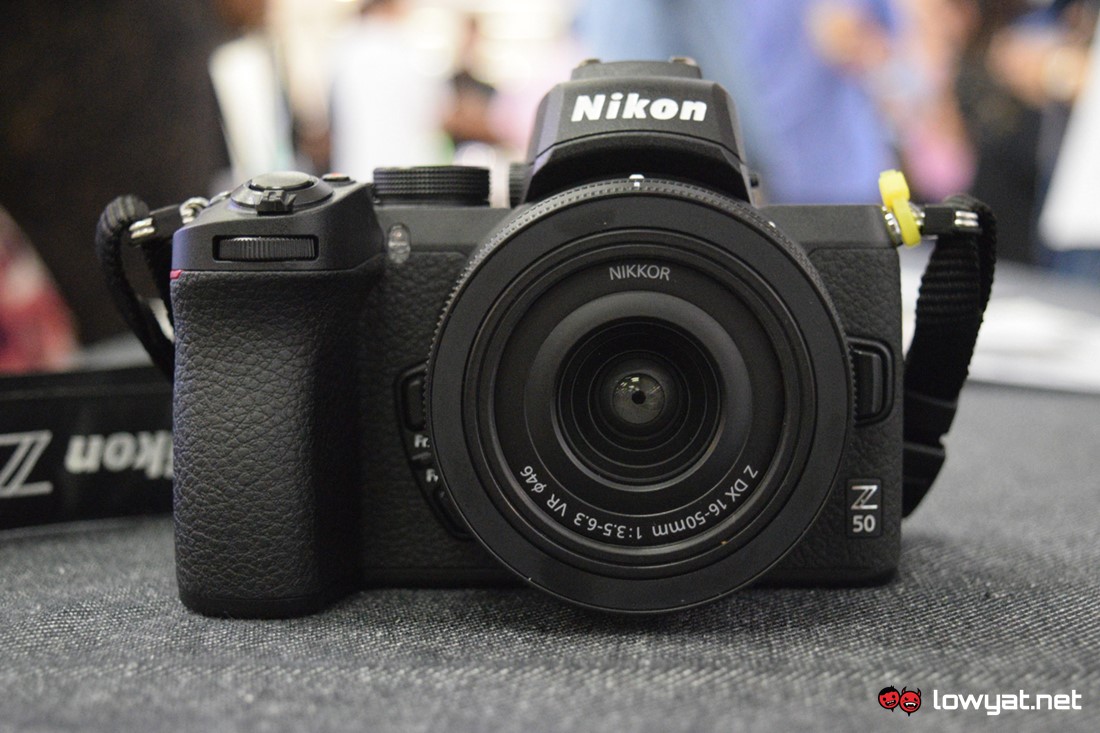

You can choose to slow down the 100 or 120p footage by as much as you like or choose one of the three additional slow motion modes which do it for you. In terms of burst speed, the camera can shoot at 5 or 11fps with continuous autofocus and again I’ll put that to the test. Nikon explained it was for superior low light performance, and I can’t wait to test and compare it in practice. Interestingly it’s four Megapixels fewer than most APSC cameras, and a considerable 12 Megapixels less than Canon’s M6 II. The new sensor captures 20.88 Megapixel images measuring 5568×3712 pixels, enough to make 18x12in prints at 300dpi. Both lenses offer optical stabilisation that works alongside gyros in the body to deliver up to five stops of compensation. The second new lens is the DX 50-250mm f4.5-6.3 VR, priced at 379 pounds and weighing 405g, so pack it with the Z50 and 16-50mm and you’ll have a very travel-friendly kit weighing just 1kg. The lens and body make for a very compact combo weighing less than 600g in total. The standard kit lens is the new DX 16-50mm f3.5-6.3 VR, a pancake zoom, with a retracting mechanism operated with a twist of the zoom ring. Nikon launched the Z50 alongside two new DX-format zooms, designed for the smaller sensor. Any lens you attach has its field of view reduced by 1.5 times due to the sensor size. The Z-mount means the Z50 can use any of the existing Z-series lenses, all of which have been reviewed at, or any F-mount lens via the FTZ adapter. To be fair neither do any of its APSC rivals at this price, but it doesn’t stop me wanting it. You can see it here surrounded by the relatively huge Z-mount, although unlike the Z6 and Z7 full-frame FX models, it sadly doesn’t feature built-in stabilisation.

The Z50 employs what Nikon describes as a brand new 20.88 Megapixel APSC sensor, or DX-format in their terminology, and featuring 209 embedded phase-detect AF points covering 90% of the horizontal and vertical frame. I’ve also transcribed the video narration for you below if you prefer to read the text! As always I’ll follow this up with an in-depth review once I’ve had a chance to fully test a final production model. I had a brief chance to try out the Z50 at the official Nikon UK press launch and in the video below I’ll tell you everything I know about it so far. The price pitches it directly against models like the Sony A6400, Fujifilm X-T30 and Canon EOS M6 II. It’s kinda like a mirrorless D7500 and Nikon’s aiming it at hobbyists and content creators looking for a step-up in quality and flexibility over a phone. Announced in October 2019, it’s Nikon’s first DX-format mirrorless camera, which means it uses a cropped APSC sensor. The Nikon Z50 is a mid-range mirrorless camera with a 20.88 Megapixel APSC sensor, 4k video, viewfinder, tilting touchscreen and 11fps bursts. Alternatively get yourself a copy of my In Camera book or treat me to a coffee! Thanks! Check out my hands-on video preview below! Buy it now! Check prices on the Nikon Z50 at B&H or Wex.

What’s not in any doubt is Nikon has created a very attractive-looking compact camera that’s ideally suited to travel, while expanding its Z-series with a much more affordable version that shares the same mount as the full-frame models.
/cdn.vox-cdn.com/uploads/chorus_asset/file/19272792/cwelch190917_3726_0007.jpg)
I also hope the new DX-format zooms deliver the goods despite their compact size. I’m certainly curious about that new 20 Megapixel sensor and how it compares to higher resolution rivals. At the time of writing, the Z50 was still pre-production, so Nikon wouldn’t let me take photos or film movies with it for publication, so I can’t comment on photo or video quality, nor on the overall handling experience. SummaryThe Nikon Z50 is a mid-range mirrorless camera with a 20.88 Megapixel APSC sensor, 4k video, viewfinder, tilting touchscreen and 11fps bursts.


 0 kommentar(er)
0 kommentar(er)
